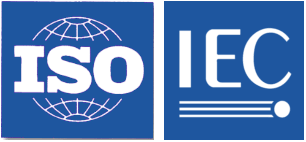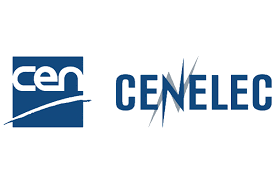Information technology — Automatic identification and data capture techniques — Syntax for high-capacity ADC media
This document specifies a transfer structure, syntax, and coding of messages and data formats when using high-capacity ADC media between trading partners (specifically between suppliers and recipients) and, where applicable, in support of carrier applications, such as bills of lading, and carrier sortation and tracking.
The data encoded according to this document include:
— data which can be used in the shipping, receiving and inventory of transport units;
— data which can be contained within supporting documentation, in paper or electronic form, related to unit loads or transport packages;
— data which can be used in the sortation and tracking of transport units.
This document describes the ISO/IEC 646 characters used for automatic data capture; it is not the controlling specification for data structures (e.g. CII) referenced in this International Standard.
This document does not supersede or replace any applicable safety or other marking or labelling requirements. It is intended to be applied in addition to any other mandated labelling requirements.

